A Sociolinguistics and Social Psychology Analysis of the Network Buzzwords "Nonsense Literature"
DOI: 10.23977/langl.2025.080509 | Downloads: 16 | Views: 171
Author(s)
Weifen Tang 1
Affiliation(s)
1 School of Literature of Shanghai University, Shanghai, 200444, China
Corresponding Author
Weifen TangABSTRACT
"Nonsense literature" is a special linguistic phenomenon, applicable to the occasion where the conversations do not contain any useful information. It is good at using rhetorical methods such as repetition, variation in collocation, irony, puns, calque, superposition, conversion, ambiguity, and imitation, which seem to be meaningless but can express the speaker's intention and make the conversation more interesting. It is also suitable for satirizing phenomena that have no substance. It contains strong emotions. It is humorous, ironic, and has a sense of intimacy. The causes are not only influenced by social culture and social psychology, but also by internal linguistic factors.
KEYWORDS
Nonsense Literature; Sociolinguistics; Pragmatics; CausesCITE THIS PAPER
Weifen Tang, A Sociolinguistics and Social Psychology Analysis of the Network Buzzwords "Nonsense Literature". Lecture Notes on Language and Literature (2025) Vol. 8: 62-68. DOI: http://dx.doi.org/10.23977/langl.2025.080509.
REFERENCES
[1] Arezoo, A., Saman, S. Z., Maryam, E. A., Elenaz, J., and Gelavizh, A. (2017). Culture within Language. Proceedings of 2012 International Conference on Language, Medias and Culture, 166-178.
[2] Chi, X. J. (2019). Analysis of College Students' Network Language and Anomie from the Perspective of We Media. Proceedings of the 2019 Northeast Asia International Symposium on Linguistics, Literature and Teaching, 165-170.
[3] Daniel E. (2005). Cultural Constraints on Grammar and Cognition in Pirah. Current Anthropology, 4, 77-99.
[4] Elizabeth S. (2020). Psychological matters in institutional interaction: Insights and interventions from discursive psychology and conversation analysis. Qualitative Psychology, 3, 46-56.
[5] Wang, H. Z. (2019). On the Diversification of Language and Culture from the Perspective of the Spread of Network Language. International Workshop on Arts, Culture, Literature and Language, 3, 121-143.
[6] Xia, L. (2017). An Analysis of Replication and Transmission of Netspeak from the Memetic Perspective. Proceedings of the 2017 Northeast Asia International Symposium on Linguistics, Literature and Teaching, 132-144.
[7] Chomsky, N. (2006). Chomsky's Linguistics Collection. Translated by Ning Chunyan et al. Changsha: Hunan Education Press. p. 88.
[8] Zhang, Y. H. (2020). On the language of network literature. Proceedings of the 2020 Northeast Asia International Symposium on Linguistics, Literature and Teaching, 143-156.
[9] Tianxiao Liu. (2023). Online Youth Subculture Performance from the perspective of Emotional Communication– Research on the phenomenon of “Nonsense Literature”. Philosophy & Ideology Research, 3(1).
[10] Wenya Li. (2022). Crap literature: audience resistance and parody in the context of "flow is king". Philosophy & Ideology Research, 2(2)
[11] He Ziran. (1988). An Introduction to Pragmatics. Changsha: Hunan Education Press. p. 108.
[12] Lei Hongbo. (2009). An Introduction to Sociolinguistics. Shanghai: Fudan University Press. p. 177.
[13] Jin Shenghua. (2005). Social Psychology. Beijing: Higher Education Press. p. 123.
[14] Liang Yanhua. (2013). Pragmatics and Speech Communication. Hangzhou: Zhejiang University Press. p. 20.
[15] Humboldt, W. von. (1999). On the Differences in Human Language Structure and Its Influence on the Development of the Human Spirit (Yao X. P., Trans.). Beijing: The Commercial Press. p. 156.
| Downloads: | 51145 |
|---|---|
| Visits: | 1001534 |
Sponsors, Associates, and Links
-
Journal of Language Testing & Assessment
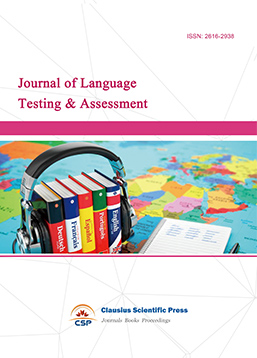
-
Information and Knowledge Management
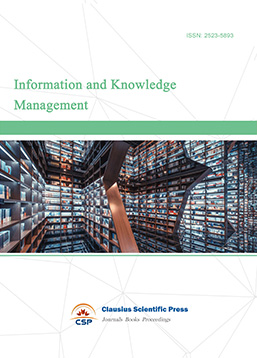
-
Military and Armament Science
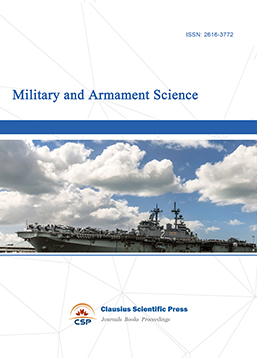
-
Media and Communication Research
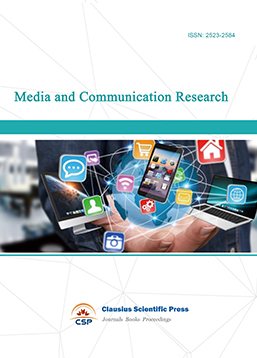
-
Journal of Human Movement Science
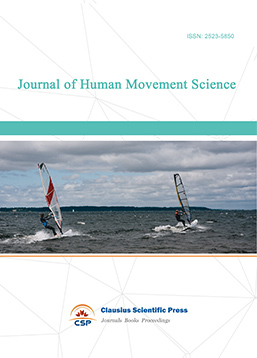
-
Art and Performance Letters
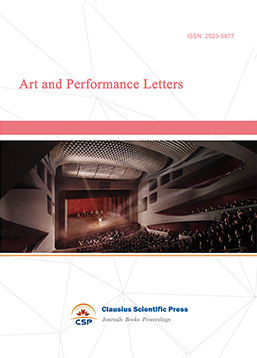
-
Lecture Notes on History
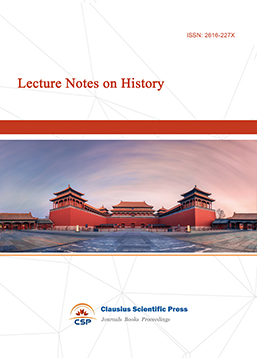
-
Philosophy Journal
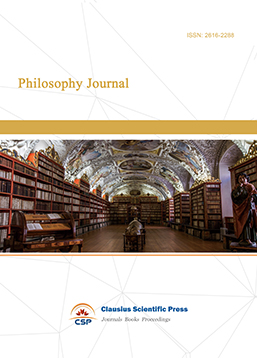
-
Science of Law Journal
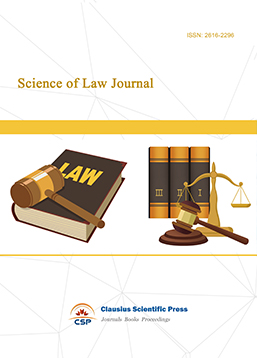
-
Journal of Political Science Research
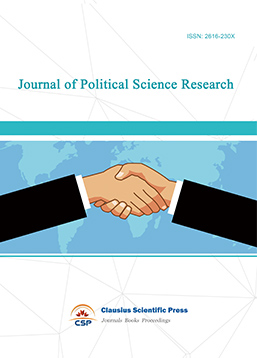
-
Journal of Sociology and Ethnology
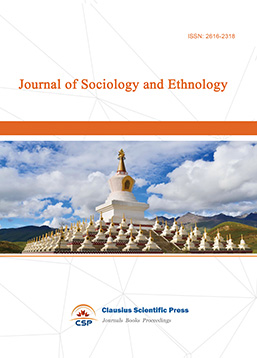
-
Advances in Broadcasting
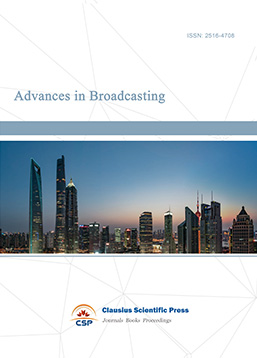

 Download as PDF
Download as PDF